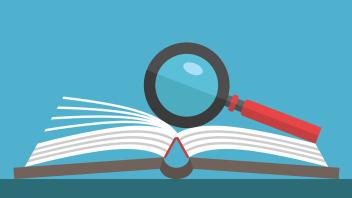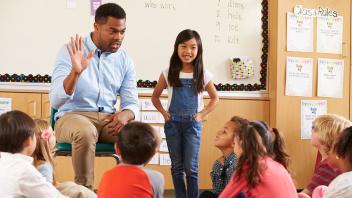Choosing and using classroom texts
Learn about the various types and purposes of texts and genres that expose students to different kinds of reading materials. In addition, find tools to help you choose books that foster a love of reading and create a lifelong habit of reading for pleasure and learning.
Diving deeper into writing and literacy in the content areas
What does real student writing look like? See examples, plus guidance on instruction, types and purposes of writing, and how to make room for writing throughout the school day. You can also explore ways to integrate reading instruction with science and social studies to strengthen children’s background knowledge and their critical thinking muscles.

Looking at Children’s Writing: Pre-K to Third Grade
Find annotated examples of real student writing with guidance on next steps for instruction, plus video, graphic organizers, and classroom strategies.
Setting up for effective instruction
What do children learn at each grade level about reading, spelling, and writing? See what a typical scope and sequence for teaching reading skills can look like, while allowing plenty of room to adapt for your own students and their needs. Explore the different ways you can group students for instruction: whole class, small groups, and one-on-one.

Bringing social-emotional learning in
Social-emotional learning (SEL) is fundamental to academic and “life” success. Explore how reading instruction and shared books can support SEL by encouraging collaboration, perspective-taking, empathy, understanding emotions, problem-solving, and more.

Improving your practice to support growing readers
Learn how to identify and support the needs of struggling learners using a multi-tiered system of supports. Find out how your school can use an MTSS framework to get the most out of assessments, instruction, and interventions — to support all learners.


















